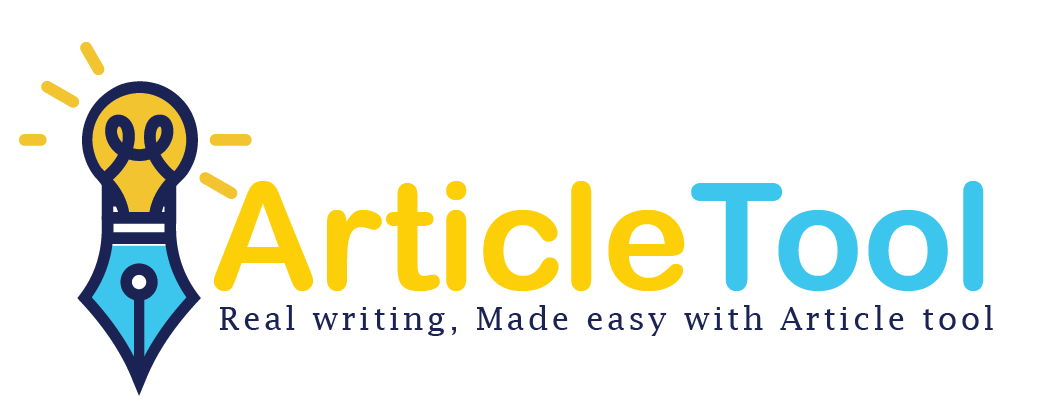How Much Plagiarism Is Allowed?

Feb. 28, 2024
Plagiarism is the act of presenting someone else's work as your own without proper attribution. It is broadly considered as a moral violation in academia and past. Institutions and professionals emphasize the significance of originality, integrity, and proper quotation. However, the question often arises: How much plagiarism is acceptable? The solution is not very straightforward and requires careful consideration of various factors.
Zero Tolerance in Academia:
In educational settings, the general stance on plagiarism is one of zero tolerance. Educational institutes usually have strict guidelines regarding the plagiarism due to its ability to undermine the getting to know method, compromise on the credibility of exams, and weakening of the standards and expectations of integrity in an intellectual context. Academic institutions feature bastions of knowledge, cultivate a setting where intellectual growth thrives, essential wondering, and the pursuit of reality. Central to this noble mission is the unwavering willpower to educational integrity, a principle that stands corporation in competition to any shape of dishonesty which encompasses plagiarism. In academia, the stance on plagiarism is fully of zero tolerance, echoing effective commitment to upholding the pillars of integrity and moral conduct.
Understanding the stages of Plagiarism:
Plagiarism exists on a spectrum that goes from the small unintended to the intentional and giant ones. Although musicians who steal anything are discouraged, teachers can keep in mind the severity of the violation when figuring out certain things. However, it's critical for college students to understand that even the slightest plagiarism is a breach of instructional integrity. Degrees of plagiarism are defined as: blatant copy-paste, incomplete citation, paraphrasing without features, patch writing, self-plagiarism and unintentional plagiarism. Understanding the subject of plagiarism is vital to fostering a lifestyle of educational integrity. This calls for a nuanced method, considering the purpose, cultural versions, and specific events of each case. Teachers play a crucial position in guiding students towards ethics, emphasizing the value of authentic thinking, and promoting a deep appreciation for the concepts of honesty and integrity in mastering.
Inadvertent Plagiarism:
In some instances, plagiarism can be unintended. Students might also fail to well cite assets because of unfamiliarity with citation patterns, lack of awareness, or oversight. Educational establishments frequently recognize inadvertent plagiarism but emphasize the importance of learning from such mistakes. Inadequate note-taking at some point of studies can result in unintentional plagiarism. If someone forgets to put in writing the supply of a selected concept or paraphrases without right documentation, they will inadvertently use someone else’s work as theirs. Some people may not genuinely draw near what constitutes plagiarism. This lack of knowledge, the significance of proper attribution, and quotation practices can result in unintentional violations of instructional integrity.
Quotations and Citations:
Properly quoting and citing resources is the key to heading off plagiarism. While it is miles perfect to feature other precise words to a text, it is vital to quote them cautiously. As a rule, when using direct quotations, it is important to accurately cite and note the source. Properly quoting and citing is not only a technical requirement. It is an indispensable part of gaining knowledge of ethics and responsibility. It promotes a tradition that respects intellectual contributions, guarantees transparency in instructional writings, and contributes to school’s credibility and loyalty.
Percentage of Similarity:
Some institutes use plagiarism detection tools that provide a percentage of similarity between a candidate's work and present resources. However, there is no universally common percentage of similarity that applies to all educational establishments or expert settings with regards to plagiarism. According to some sources, less than 15% plagiarism is considered acceptable. However, the determination of an acceptable level of similarity often depends on institutional rules and regulations, educational integrity guidelines, and the practices of individuals, teachers, or organizations. Additionally, the software used to test plagiarism such as Article tool may additionally document similarity chances otherwise.
Ethics and Consequences:
Beyond instructional and expert recommendations, the ethical implications of plagiarism can't be omitted. Plagiarism consists of enormous moral implications affecting individuals, educational institutions, and the broader intellectual network. Understanding and appreciating those moral implications is important for retaining the principles of educational integrity, honesty, and responsible conduct. Here are a few key ethical issues related to plagiarism: Intellectual Dishonesty, Violation of Academic Integrity, Undermining Learning Objectives, Disregard for Authorship and Creativity, Unfair Academic Advantage, Damage to Personal and Professional Reputation, Erosion of Trust, and legal consequences.
Conclusion:
While the question of how much plagiarism is authorized lacks a one-length-fits-all answer, the overarching perception remains clean: Plagiarism is discouraged and incorporates consequences in instructional and professional spheres. Students and specialists alike are advocated to prioritize originality, moral writing practices, and the proper acknowledgment of resources to uphold the ideas of integrity and intellectual honesty. It is vital for students to be aware about and cling to the particular guidelines and hints in their instructional organization. Plagiarism is generally discouraged, and educators frequently use similarity checks to prompt further investigation into the nature of the similarity and to determine if proper attribution has been provided.
Rather than focusing entirely on a percent threshold, the emphasis should be on promoting a culture of academic integrity, right quotation practices, and responsible scholarship. Students are advised to strive for originality, and they should cite sources. If unsure about the proper citation, seeking guidance from instructors is recommended. Plagiarism checker at Article Tool presents a similarity record which shows the percentage of plagiarism present in your text, and other equipment inclusive of citation generator to help you maintain your moral writing and educational integrity. Sign up for a free trial.
Image by Freepik
